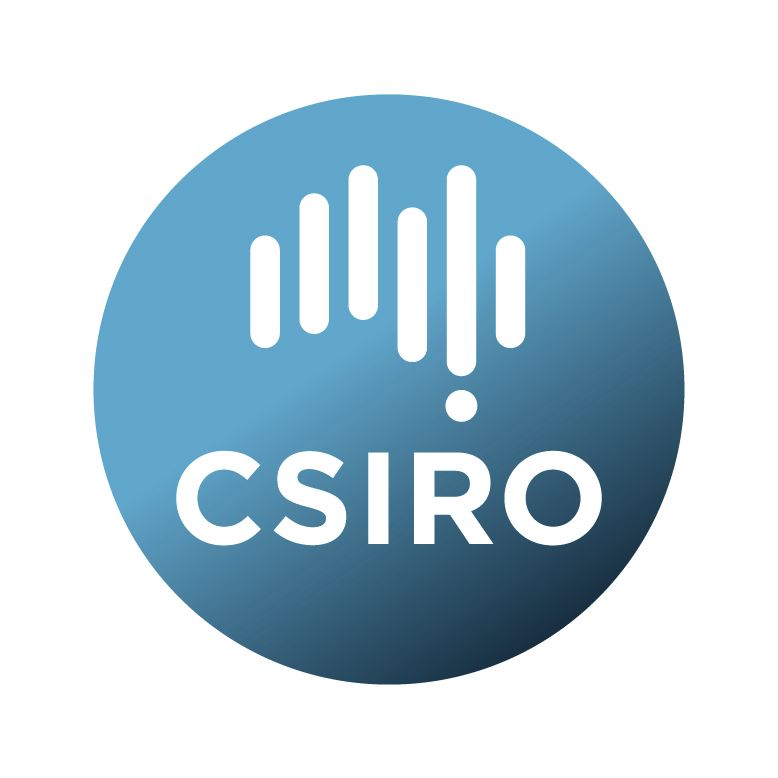Brief description
A major breakthrough in fast radio burst (FRB) astronomy was recently made when the repeating FRB 121102 was localized to sub-arcsecond precision. The bursts were found to originate in a bright radio nebula (hypothesized to be a young supernova remnant or pulsar wind nebulae) in a distant dwarf galaxy. These dwarf galaxies are also preferential hosts to superluminous supernova and long gamma-ray bursts, and it has been therefore suggested that the source of the repeating FRB could be a young highly magnetised neutron star. While an understanding of the repeating FRB is emerging, it is still unclear what relationship it has to the rest of the population. Over the last year searches with the Australian Square Kilometre Array Pathfinder (ASKAP) have detected 26 bursts, and over the next six month will likely detect another 12 FRBs, which will be localized to a few arcseconds. Here we propose to search this population for repeats. Our comprehensive sample and a dense monitoring campaign of well localised bursts, at a fluence limit more than 60 times lower than that of their detections, will either confirm the presence of additional repeating FRBs or the uniqueness of FRB 121102 amongst the population.Available: 2019-03-10
Data time period: 2018-10-01 to 2019-04-01
Subjects
Astronomical Sciences |
Astronomical Sciences Not Elsewhere Classified |
P958_2018OCTS |
Physical Sciences |
cosmology |
neutron stars |
pulsars |
transients |
User Contributed Tags
Login to tag this record with meaningful keywords to make it easier to discover
Identifiers
- DOI : 10.25919/5C824339568F2

- Local : 102.100.100/79017


